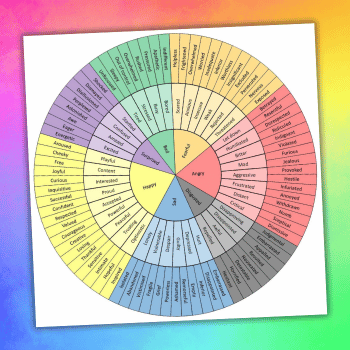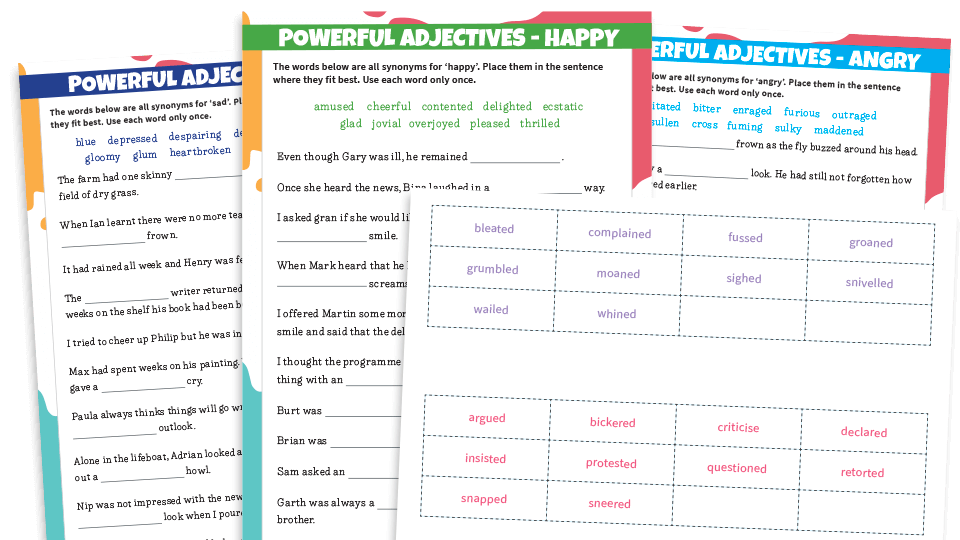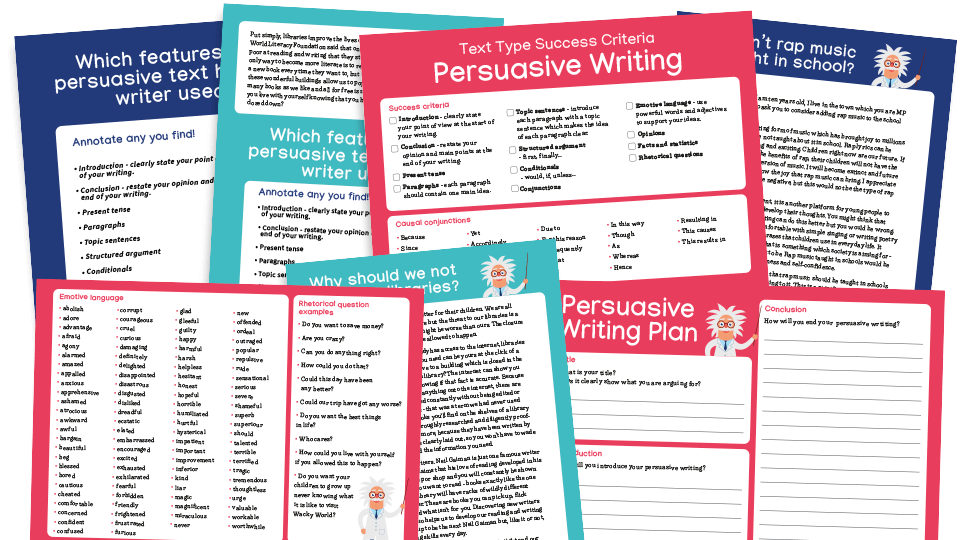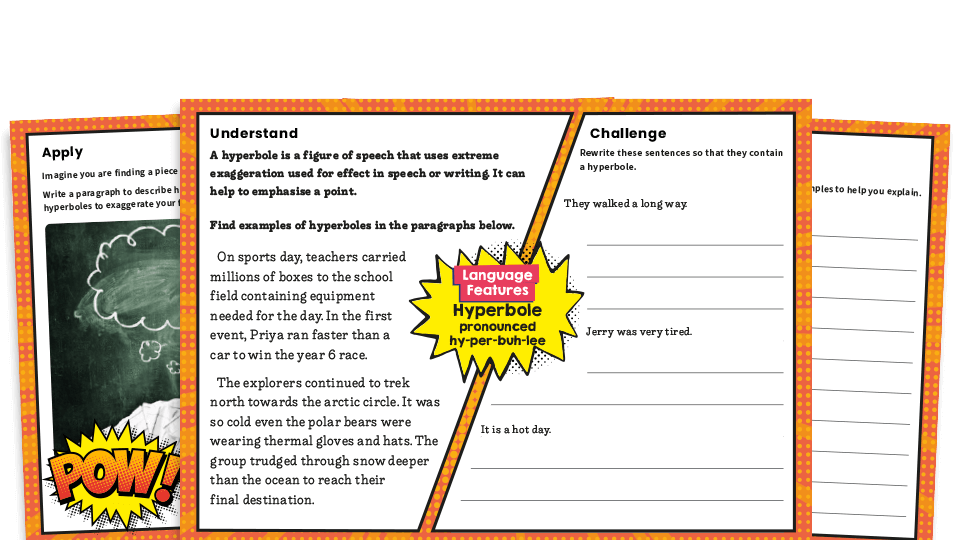Emotive language KS2 – How to develop greater depth of writing

Support KS2 children in expanding their writing skills by teaching the responsible use of emotive language, says Sue Drury

- by Sue Drury

What is emotive language in KS2?
‘Emotive language’ in KS2 refers to word choices that are intended to get an emotional reaction or arouse an emotion. It doesn’t matter what it is – anxiety, anger, relief, urgency, joy, excitement – as long as it has been evoked by the language used.
It is tempting – even traditional within a primary school setting – to link the idea of expressive, emotive writing with the concept of ‘powerful’ words.
However, this can be misleading. After all, watchmakers and silversmiths rarely, if ever, require power tools to create accurate timepieces or fine jewellery. They tend to use delicate, precise implements.
In a similar vein, you should encourage your pupils to choose their words with precision rather than raw power as they seek to move their readers. Subtlety can often have more impact in evoking emotion than wild exaggeration.
“You should encourage your pupils to choose their words with precision”
Emotional impact
Of course, no one would deny the general importance of broadening children’s vocabulary. Writing emotively, however, is one area where it probably matters even more than most.
After all, life tends not to be a straight choice between ‘happy’ and ‘sad’, ‘calm’ and ‘panicked’. Instead, emotions are a spectrum – a sliding scale.
So it really helps to know as many words as possible between any two extremes. Being able to use emotive words effectively requires the writer to be able to distinguish between different shades of emotion and, preferably, arrange them in order of intensity.
It’s well worth practising this skill regularly with simple word-ranking tasks. Try these ordering adjectives for emotions and feelings KS2 worksheets from Plazoom.

Persuasive writing KS2
You can find emotive language examples for KS2 in almost every genre of writing. Where it really comes into its own, however, is in persuasive writing. This includes letters of complaint, promotional leaflets and, above all, advertisements.
Given limited space or time, ads need to pack a powerful emotional punch with the minimum number of words.
- “The majority of the day should NOT be spent waiting in the pharmacy” – Wilton Manors Medicine Shoppe
- “Don’t let the insurance company push you around” – Mark E Salomone injury lawyer
- “You’re wasting money on marketing” – CallRail
- “But hey, no need to stress! The Maids can help control the chaos” – The Maids
- “Discover the secrets for yourself” – GRIN
- “Imagine being able to compare your surgical data to other US surgeons” – Intuitive
- “Stop dreaming about owning your own travel agency franchise and start living it!” – Dream Vacations Franchise Opportunity
- “You are an innovator at heart. Your curiosity sparks ideas” – Hewlett Packard Enterprise
- “There’s an easier way to sell online and in person” – Shopify
- “Show someone they’re loved this Christmas” – John Lewis
- “They may not be your dearest, but they’re your nearest” – TK Maxx
Copywriters can agonise for ages over finding the best possible way of connecting with the reader’s emotions using persuasive language, techniques and devices.
Challenge your pupils to do the same, with the help of this persuasive writing text types resource pack from Plazoom.

Figurative language KS2
Pupils should be encouraged to use all language devices at their disposal in order to write emotively. Figurative language such as similes, metaphors and personification can often convey a concept with such imaginative clarity that it leaves a profound impression on the reader.
This might not always be appropriate – such as in formal letters, for example. However, it can often be absolutely perfect for other types of text.
Hyperbole
But what about hyperbole? Well, everyone else uses it, so there is no reason why pupils shouldn’t, too. When promoting it as a form of emotive language, however, counsel caution.
If the exaggeration is too blatant or extreme, it can have the opposite effect to the desired one, as the reader simply won’t believe it. These KS2 hyperbole worksheets from Plazoom will help children to strike a balance.

Rhetorical questions
Finally, are you looking for other linguistic tricks to teach your class? Do you recognise the power of questions when it comes to engaging the reader? Can you imagine how effective rhetorical questions could be, given the right context? Then why not urge your pupils to use them?
In conclusion
With so many options to choose from, every young writer should be able to find some way of using words to connect with the feelings of their audience.
Fortunately, they have you to guide them towards the effective use of these techniques and generally nurture them towards achieving their innate potential as a writer. How rewarding – and powerful – is that?
Sue Drury is the former literacy lead at Plazoom, the expert literacy resources website. Find more advice at plazoom.com/blog and find out more about Plazoom.










